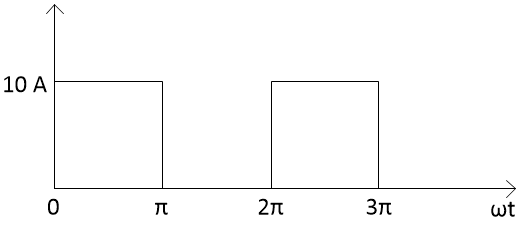A term brown out means it is an intentional or unintentional drop in voltage in an electrical power supply system.
Brown outs are long-term (hours-long) voltage sags caused by system overload.
Deviations from the regular sinusoidal wave, both on the utility side and on the customer side, result in poor power quality.
